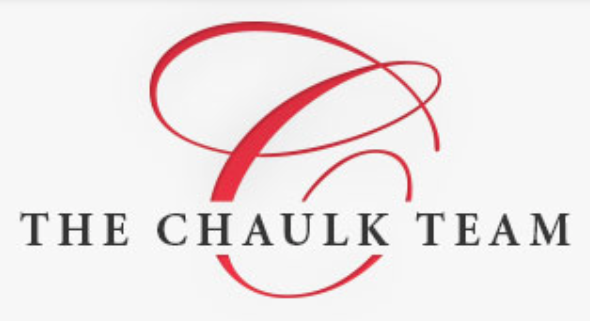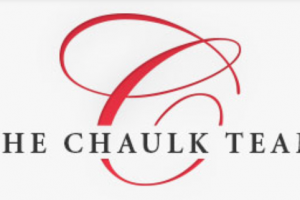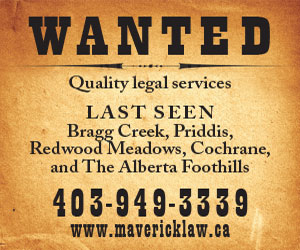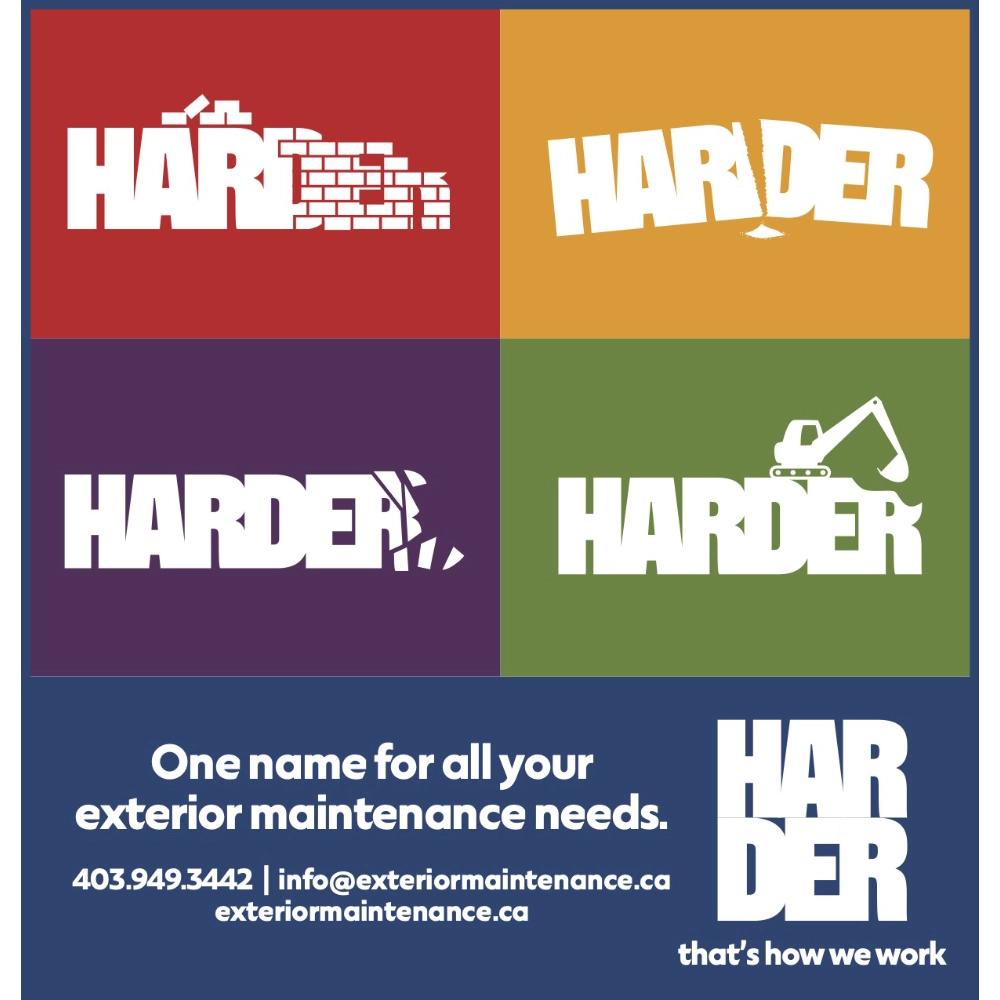RADON GAS & REAL ESTATE
by Wayne Chaulk BComm., Realtor
If you are listing your home in the future, purchasing a new home or remaining in your current home, you should be aware of and address the issue of Radon. The awareness level is growing on this subject and more homeowners are addressing it when selling and requesting a test when buying. Many Realtors are now suggesting Radon testing be part of overall home inspections.
This article includes recent research as well as excerpts from a recent presentation by a Radon specialist at our brokerage. Furthermore, last month was Radon awareness month in Canada so I’m doing my part to draw attention to this issue.
What is Radon & how it enters a home?
It is a colourless, odorless gas that is created from the breakdown of uranium in soil & rock underneath our homes. It enters the house through gaps and cracks, construction joints, gaps around service pipes, support posts, window casements, floor drains, sumps or cavities inside walls, without detection and it can be quite dangerous. When Radon is released from the ground into the outdoor air, it is diluted and is not a concern. However, in enclosed spaces, like homes, it can accumulate to high levels. Radon is in the same category as asbestos and cigarette smoke.
Radon gas breaks down to form radioactive elements that can be inhaled into the lungs. In the lungs, Radon continues to breakdown, creating radioactive particles that release small bursts of energy. This energy is absorbed by nearby lung tissue, damaging the lung cells. When cells are damaged, they have the potential to result in cancer when they reproduce.
Radon levels in Canada
Uranium is a common element found everywhere in the earth’s crust and as a result Radon gas can be found in almost all homes in Canada. Concentrations differ greatly across the country but are usually higher in areas where there is a higher amount of uranium in underlying rock and soil. Western Canada has high levels of Radon. It is a regional geological issue.
Any home that contacts directly with the ground is at risk with no difference between concrete and wood foundations. Any property that occupies a ground floor is at risk, consequently everything that occupies a ground level should be tested.
Radon is measured in becquerels per cubic meter (Bq/m3), which is a measure of radioactivity. Health Canada recommends that the average annual level of radon in the air in a normal living area should not be greater than 200 Bq/m3.
A new study indicates that 18% of Canadian homes have levels over 200. Under 100 is considered OK. 100-200 is intermediate but over that is high risk. Prolonged exposure is the main issue.
1 in 5 properties have radon levels above the recommended threshold. Half of Calgary homes that have been tested are over the World Health Organization’s recommended threshold. It’s one thing to test but lowering the levels as soon as possible is the best thing you can do.
Radon concentration levels will vary from one house to another, even if they are similar designs and next door to each other. The only way to be sure of the Radon level in your home is to test.
Testing process for Radon
Radon tests results fall under the “land material defect” category and must be disclosed upon selling a home. Officially no amount is safe. The less the better. Less than 100 is low risk. If the household has children, you should definitely be checking your property. Children are at a higher risk than adults.
Just like a home inspection before buying a home provides a point in time assessment of home functions and systems, so too does a Radon screening assessment provide homeowners with an idea of what Radon levels could be in their future or current home.
The 96-hour Radon assessment performed by a C-NRPP certified measurement professional can help identify whether high Radon levels could be an issue in a home.
Long term testing is still recommended to confirm accurate Radon measurements and can be done by the homeowner after possession of the home. If levels are in a bad range, remediation of a home can be done and is recommended to be carried out properly by a qualified person. Home test kits are available for example from Amazon, but they may not be totally reliable. If your home has been mitigated, you should test every 5 years.
If you are interested in further research on Radon one specialist company in Calgary, Great West RADON, can be contacted at 403 991 6776 to discuss testing options.


























